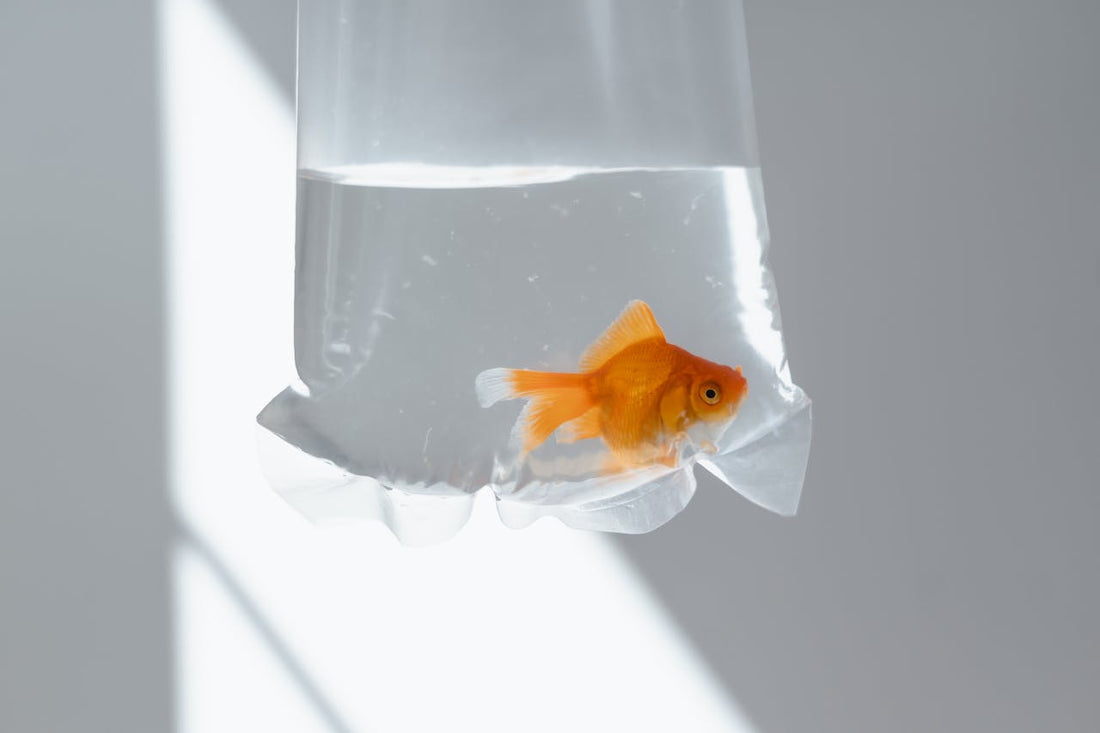How to Safely Introduce Fish to a New Tank

Introducing new fish to an aquarium can be a delicate process, but with the right approach, you can ensure a smooth transition for your aquatic pets. Here’s a comprehensive guide on how to safely introduce fish to a new tank, helping you create a harmonious underwater environment.
1. Prepare the New Tank
Before adding any fish, it’s essential to set up and cycle your aquarium properly:
-
Choose the Right Size Tank: Ensure the tank is spacious enough for the species you plan to introduce. Overcrowding can lead to stress and aggression among fish.
-
Cycle the Tank: Establish beneficial bacteria by cycling your tank. This process usually takes 4 to 6 weeks and involves allowing ammonia levels to rise and fall, creating a stable environment for your fish.
-
Add Equipment: Install a reliable filter, heater, and substrate. Make sure the temperature and pH levels are suitable for the fish species you plan to keep.
2. Acclimate Your Fish
Acclimation is crucial to prevent shock when introducing fish to their new environment:
-
Float the Bag: When you bring your fish home, float the sealed bag in the tank for about 15-20 minutes. This helps the fish gradually adjust to the water temperature.
-
Open the Bag: After floating, open the bag and roll down the top to create an air pocket, allowing the bag to float. This keeps the water temperature stable.
-
Add Tank Water: Slowly add a small amount of tank water into the bag every 5-10 minutes. This helps your fish acclimate to the tank's water chemistry. After about 30-60 minutes, your fish should be ready for transfer.
3. Transfer the Fish
When it's time to introduce the fish, follow these steps:
-
Use a Net: Gently scoop the fish out of the bag with a net to avoid adding store water to your tank. This minimizes the risk of introducing contaminants.
-
Release the Fish: Slowly place the fish into the tank, allowing them to swim out of the net at their own pace. Avoid dropping them in from a height to reduce stress.
4. Monitor Their Behavior
After introducing new fish, keep a close eye on their behavior:
-
Watch for Aggression: Some fish may display territorial behavior. If aggression arises, consider adding more hiding spots or rearranging the tank decor to disrupt established territories.
-
Check for Stress Signs: Look for signs of stress, such as hiding, rapid gill movement, or not eating. If you notice these signs, ensure the water conditions are optimal and that there are enough hiding spaces.
5. Maintain Water Quality
Maintaining water quality is crucial for the health of your fish:
-
Regular Testing: Use a water testing kit to check parameters like ammonia, nitrite, nitrate, pH, and temperature regularly. Adjust as necessary to keep the environment stable.
-
Perform Water Changes: Change 10-15% of the tank water weekly to maintain cleanliness and keep toxin levels low.
6. Be Patient
Introducing fish to a new tank requires patience. Avoid the temptation to add too many fish at once; doing so can overwhelm your tank's ecosystem. Instead, introduce new fish gradually over a few weeks to allow the beneficial bacteria to adjust.
Conclusion
By following these steps, you can create a safe and welcoming environment for your new fish. Remember that the introduction process is vital for their health and happiness. If you need supplies for your aquarium setup, visit our online store for a variety of fish tanks, filters, and water testing kits to ensure your aquatic friends thrive in their new home!
